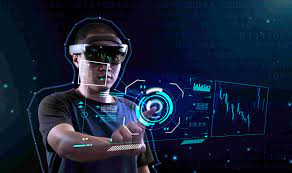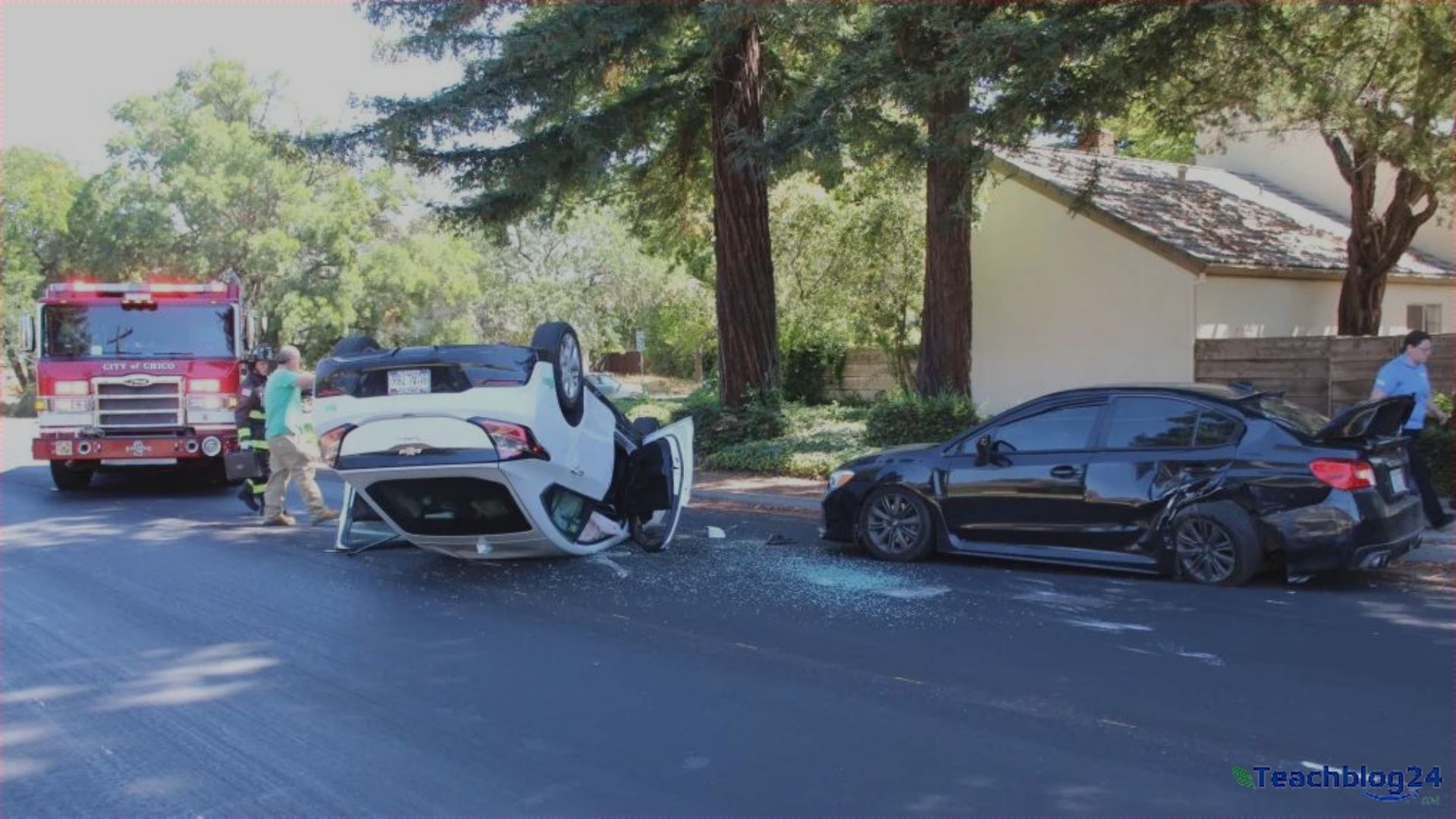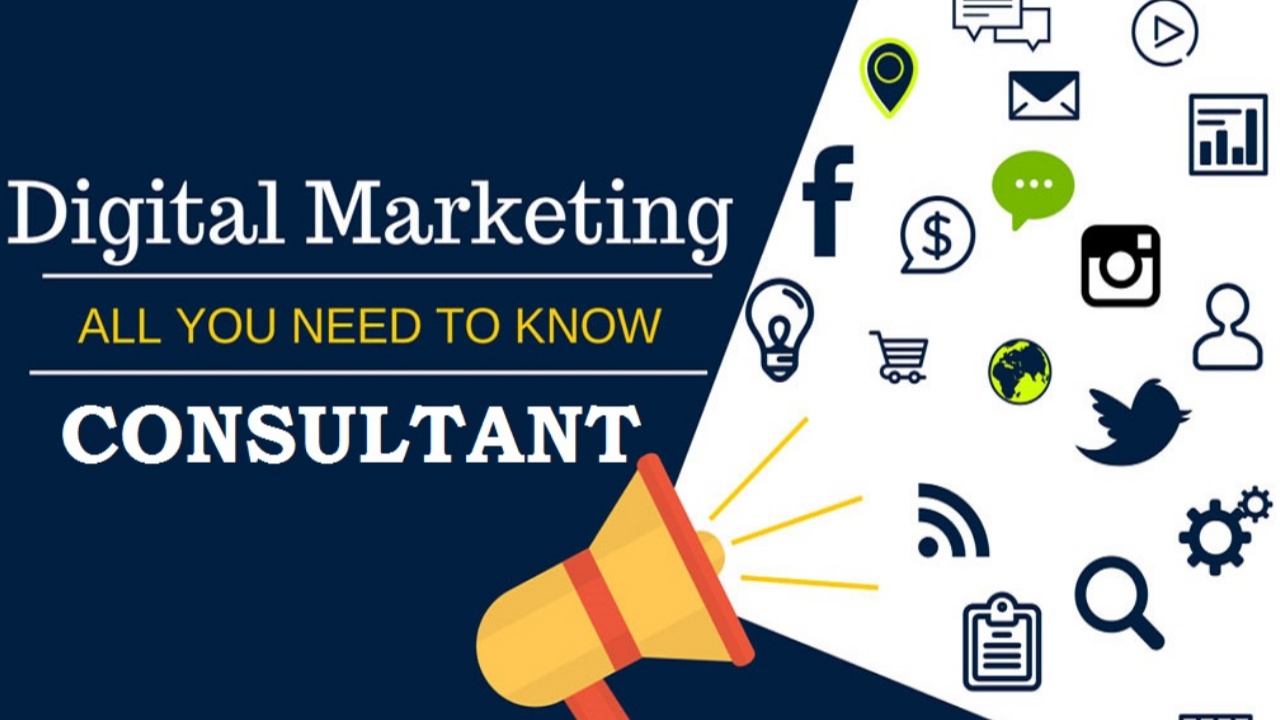Discussing the Virtual reality and Augmented reality
Exploring the Virtual reality and Augmented reality are revolutionizing industries and enhancing our daily lives.

In the realm of technology, few advancements have captured our collective imagination quite like Virtual Reality (VR) and Augmented Reality (AR).
These transformative technologies have opened up a world of possibilities across various fields, promising to reshape how we learn, work, entertain ourselves, and interact with the world.
In this blog post, we will explore the boundless potential of VR and AR for various applications and how they are revolutionizing industries.
Education for Virtual reality and Augmented reality:
Virtual Reality has emerged as a powerful tool in education, offering immersive and interactive learning experiences. With VR, students can step into historical events, explore distant planets, or dissect virtual organisms in a safe and controlled environment.
This technology is not limited to traditional classrooms; it extends to medical training, where surgeons can practice complex procedures without the risks associated with live surgeries.
Augmented Reality, on the other hand, can enhance real-world learning experiences. AR apps can provide supplementary information and visual aids, making textbooks come to life.
For instance, apps like Google's "Expeditions" use AR to take students on virtual field trips to various locations worldwide, enriching their understanding of geography, history, and culture.
Healthcare:
VR and AR are making waves in the healthcare industry by improving patient care, training, and therapy. Surgeons can use VR simulations to hone their skills before performing complex surgeries, reducing the chance of errors.
VR therapy is proving effective in treating conditions like PTSD, phobias, and chronic pain. Patients can also use AR to visualize their medical conditions, improving their understanding of diagnoses and treatment options.
Gaming in Virtual reality and Augmented reality :
Gaming has been at the forefront of VR and AR adoption, providing users with immersive experiences like never before. VR gaming headsets like Oculus Rift and HTC Vive transport players to virtual worlds, while AR games like Pok?mon GO merge the virtual and physical realms, encouraging players to explore their surroundings. The gaming industry's embrace of VR and AR has paved the way for innovative gameplay and storytelling.
Architecture and Design:
Architects and designers are leveraging VR and AR to visualize and refine their creations. VR allows architects to walk clients through virtual buildings before construction begins, making real-time adjustments and saving time and resources. AR apps enable users to place virtual furniture and d?cor in their homes, helping them make informed design choices.
Real Estate:
In the real estate industry, AR is transforming property viewings. Potential buyers can use AR apps to visualize how a property would look with their furnishings, or even explore virtual renovations before making a decision. This technology simplifies the buying process, making it more interactive and informative.
Retail:
AR is changing the way we shop. Retailers are using AR apps to provide customers with interactive shopping experiences. Shoppers can try on virtual clothes, test out makeup, or visualize furniture in their homes before making a purchase. This not only enhances the shopping experience but also reduces returns, as customers have a better understanding of what they are buying.
Entertainment through Virtual reality and Augmented reality:
The entertainment industry is embracing VR and AR to create unforgettable experiences. VR concerts allow fans to attend live events from the comfort of their homes, while AR apps can bring movie posters to life with interactive content. These technologies are pushing the boundaries of storytelling and engagement in movies, music, and live events.
Training and Simulations:
From military training to flight simulations, VR and AR are indispensable tools for preparing individuals for high-stress, real-world situations. Pilots, firefighters, and soldiers can practice scenarios in a safe, controlled environment, minimizing risks and improving their readiness.
Tourism:
Tourism is benefitting greatly from AR applications. Visitors can use AR apps to receive real-time information and historical context about landmarks and attractions as they explore new destinations. This not only enhances the travel experience but also offers opportunities for local businesses to engage with tourists.
Manufacturing and Maintenance:
In manufacturing, VR and AR are used for assembly line training, quality control, and maintenance tasks. Workers can access digital guides overlaid on physical equipment, reducing errors and improving efficiency. This technology also helps companies save on training costs by accelerating the onboarding process.
Social Interaction:
VR is evolving social interactions by creating virtual spaces where people can meet, work, and play together. Social VR platforms like Facebook Horizon and VRChat allow users to socialize, attend events, and collaborate in immersive environments, bridging the gap between physical and digital communication.
Therapeutic Applications:
VR is being utilized in various therapeutic applications beyond mental health. It has shown promise in helping patients with motor rehabilitation, offering immersive and engaging exercises. Additionally, it is being used for cognitive therapy to aid individuals with conditions like Alzheimer's and ADHD.
Environmental Conservation:
Researchers and activists are employing VR and AR to raise awareness about environmental issues. VR experiences can transport users to endangered ecosystems, fostering empathy and encouraging conservation efforts. AR apps can provide real-time information about local flora and fauna, enhancing outdoor experiences.
Cultural Preservation:
VR and AR are playing a vital role in preserving cultural heritage. Museums and historical sites can create immersive VR tours, allowing users to explore ancient ruins or artifacts that may be inaccessible or fragile. This technology helps safeguard our shared history for future generations.
Accessibility:
VR and AR have the potential to improve accessibility for individuals with disabilities. Specialized applications and devices can assist people with visual impairments in navigating the physical world by providing audio descriptions and spatial awareness. These technologies are also enhancing communication for individuals with hearing impairments through sign language recognition and translation.
Remote Work and Collaboration:
The COVID-19 pandemic accelerated the adoption of VR and AR for remote work and collaboration. Virtual meeting spaces in VR offer a more immersive and engaging environment for teams to collaborate, bridging geographical gaps and making remote work more interactive.
Sports and Training:
Athletes and sports teams are using VR to enhance training and performance analysis. VR simulations can recreate game scenarios, helping players improve their decision-making skills and reactions. AR is also being used in sports broadcasts to provide real-time statistics and analysis, enriching the viewer experience.
Emergency Response and Disaster Preparedness:
First responders and emergency management teams are using VR and AR to train for various scenarios, from natural disasters to terrorist attacks. These technologies provide realistic simulations, allowing teams to practice coordination and response strategies.
In conclusion, the potential of Virtual Reality and Augmented Reality in various applications is truly boundless. These technologies are reshaping how we learn, work, entertain ourselves, and interact with the world.
From education and healthcare to gaming and architecture, VR and AR are revolutionizing industries and enhancing our daily lives. As technology continues to advance, we can only imagine the limitless possibilities that await us in this exciting realm of innovation.
Whether it's exploring distant galaxies, designing sustainable cities, or connecting with loved ones in virtual spaces, VR and AR are taking us on an incredible journey into the future.
What's Your Reaction?



















